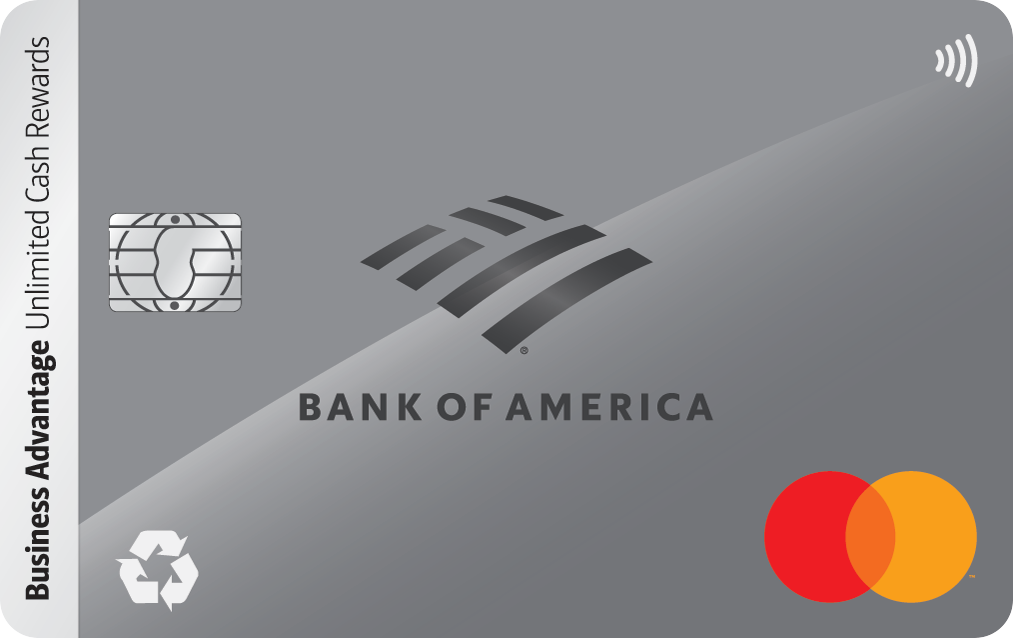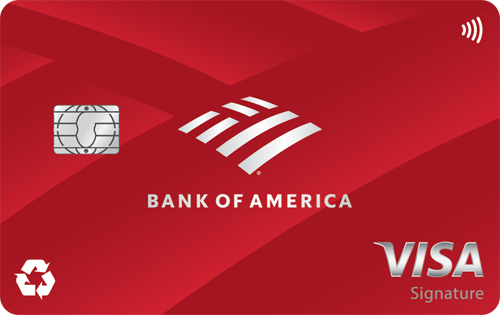How Much Will a $10,000 Credit Card Balance Transfer Cost?

Image source: Getty Images
If you're transferring a $10,000 credit card balance to a 0% intro APR card, you're likely looking at a $300 to $500 balance transfer fee. That's based on the typical 3% to 5% fee most cards charge when you move your balance.
At first glance, that fee feels like a setback -- adding even more to your debt load. But here's the kicker: it's actually cheap compared to the interest you can save.
With average credit card rates sitting around 22%, you could easily be paying $2,000 or more in annual interest if you don't transfer.
So yes, that $300--$500 fee stings for a second… but it's often the difference between drowning in interest and making real progress on your debt.
The typical balance transfer fee
Most 0% intro APR credit cards charge a fee between 3% and 5% of the amount you move.
Here's what that looks like depending on your debt balance:
| Balance Transferred | 3% Fee | 5% Fee |
|---|---|---|
| $2,000 | $60 | $100 |
| $5,000 | $150 | $250 |
| $10,000 | $300 | $500 |
That fee might not feel great upfront, but trust me, keeping your balance where it is is far more expensive.
The average credit card APR right now is about 22%, according to the Federal Reserve. On a $10,000 balance, that's roughly $2,200 in interest every year.
So when you think about it, paying $300 to $500 once to dodge $2,000+ in interest is like taking one step backwards and then five steps forward. You end up ahead.
And that's before factoring in the real advantage -- the 0% intro APR window gives you breathing room to pay down your balance faster, and get out of debt for good.
How long you'll get 0% interest (and why it matters)
Even more important than the fees for a balance transfer card is the introductory 0% APR window. This usually lasts 12 to 21 months depending on the card.
That's your breathing room. During that window, every payment you make goes toward principal, not interest.
Here's a rough idea of how that could play out with a card offering 0% intro APR for 21 months:
- Transfer $10,000 at a 3% fee ($300 cost)
- Pay about $491/month for 21 months
- You'd clear the entire balance without paying a dollar in interest.
That's why balance transfers can be a powerful debt payoff tool. As long as you make a plan to crush your entire balance within the interest-free window.
Pro tip: Look for a card that offers both a long 0% APR period and a lower fee. Compare today's best balance transfer cards here and find one that fits your payoff plan.
When a balance transfer doesn't make sense
Even the best 0% intro APR deal can backfire if you're not careful. Here are a few red flags:
- If you're still adding new debt. There's no sense in paying down $10,000 in debt if you rack up a new $10,000 worth of debt. It's best not to put new purchases on the balance transfer card.
- You can't pay it off before the promo ends. Once that 0% APR window closes, the interest rate kicks back in -- and it can erase your savings fast.
- You're kicking the can down the road. A balance transfer only helps if you're serious about breaking the cycle and truly changing your spending habits.
I've seen balance transfers work wonders. One of my friends used one to knock out $30,000 in debt and saved thousands in interest over a couple years. They're amazing tools, but you need to commit to paying off debt once and for all.
The bottom line
Paying a 3%-5% transfer fee might sound annoying. But it can save you thousands in interest and help you get out of credit card debt faster.
If you use that 0% intro window to crush your balance, the math speaks for itself. A small fee upfront, massive savings long term.
Compare today's best 0% intro APR balance transfer cards and see how much you could save starting this month.
Our Research Expert



